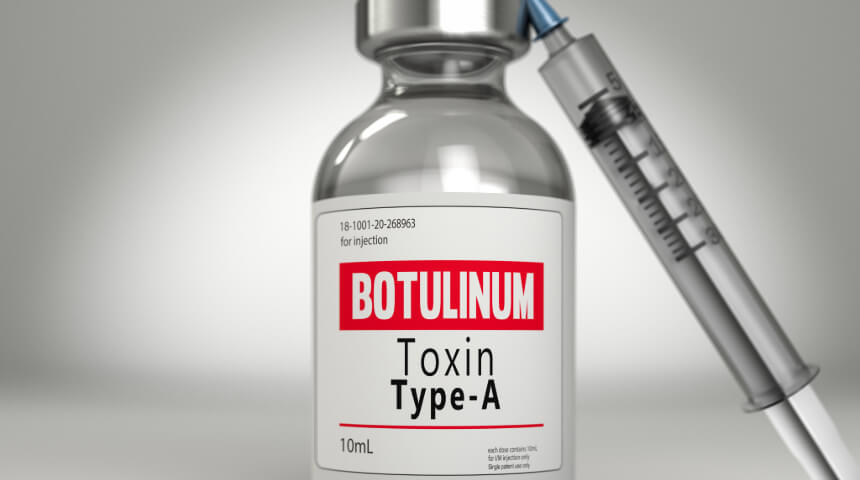Circumcision, the removal of the foreskin from your infant’s penis, is a personal decision that often can be stressful for parents.
Whether you’re considering the procedure for medical, religious or cultural reasons – or you just want your son to look like his dad – accurate, unbiased information can help you feel confident you’re making the right choice.
How Common Is Circumcision?
Infant circumcision is more common in the United States than it is in other countries. However, rates have declined since the 1970s, according to the Centers for Disease Control and Prevention. A 2013 report found that the national rate of newborn circumcision dropped from about 65 percent to about 58 percent between 1979 and 2010.
The report also showed that circumcision rates vary by region. As of 2010, more than 70 percent of newborn male babies in the Midwest were circumcised. The Northeast followed at 66 percent. The circumcision rate dropped to about 55 percent in the South and about 40 percent in the West.
Medical Benefits to Circumcision
Children who have been circumcised have a decreased risk of urinary tract infections (UTIs) in the first two years of life.
Some observational studies have found that adult men who were circumcised as babies were less likely to get penile cancer. However, penile cancer is so rare in the United States that this potential benefit may be miniscule.
Circumcision also has been shown to reduce the risk of some sexually transmitted infections (STIs), including herpes, syphilis and HIV. Health care professionals agree, though, that using condoms prevents the spread of STIs more effectively than circumcision alone.
The American Academy of Pediatrics says the medical benefits outweigh the risks but stops short of recommending circumcision as a routine procedure.
The Circumcision Procedure
Before being circumcised, your son must be cleared by a doctor. Infants who are underweight or have a bleeding disorder or other serious medical conditions should be evaluated further prior to proceeding with circumcision.
The procedure takes about 10 to 15 minutes and usually is performed by your obstetrician or your son’s pediatrician. Your son’s doctor will apply a topical anesthetic cream or inject a local anesthetic to numb the penis before the procedure.
After your baby is circumcised, you will need to keep the area clean. Gently wash with warm soapy water and pat dry. Do not scrub. You should change the dressing and put a dab of petroleum jelly on every time you change his diaper for the first couple of days. Your son should be completely healed in seven to 10 days.
If you plan to circumcise your son, it is best to get an evaluation soon after birth. Later, circumcision must be done with general anesthesia in an operating room.
Risks of Circumcision
Infant male circumcision is generally safe, with a complication rate of about 1.5 percent in the five years after the surgery. Potential complications include:
- Bleeding
- Infection
- Adhesions
- Skin bridge, a thick band of skin that may need to be removed surgically
- Meatal stenosis, narrowing of the urethral opening
Although some parents worry that circumcision results in decreased penile sensitivity and lower sexual satisfaction, there is significant evidence to show that there is no difference in sexual functioning between circumcised and uncircumcised men.
Overall, circumcision is largely a low-risk, elective procedure in the United States, so parents should consider the medical benefits and their personal beliefs to decide what is in the best interest of their child.
Choose to Stay in Touch
Sign up to receive the latest health news and trends, wellness & prevention tips, and much more from Orlando Health.
Sign Up










